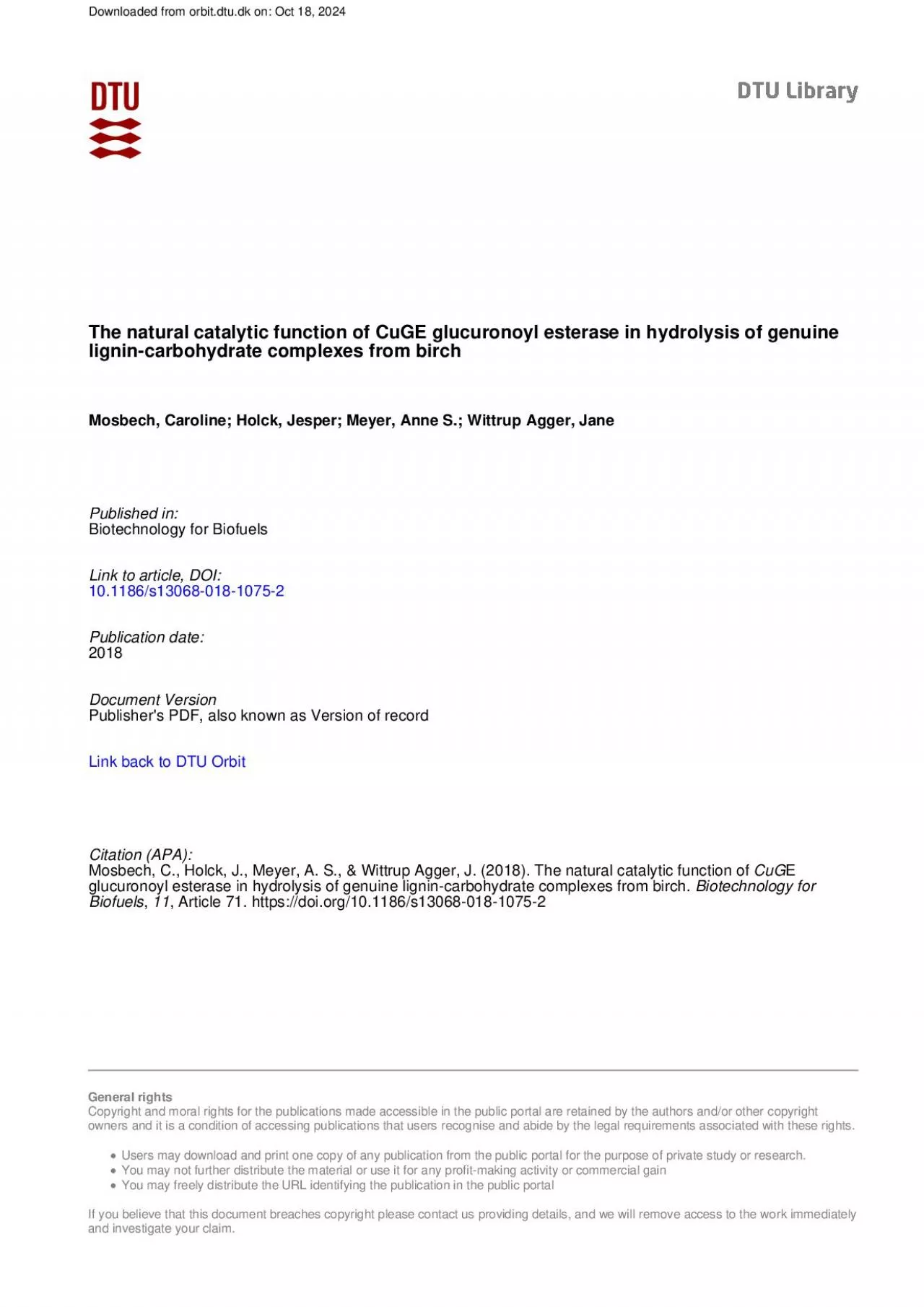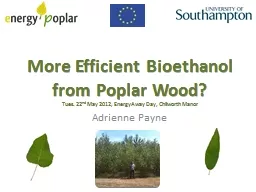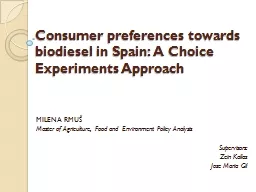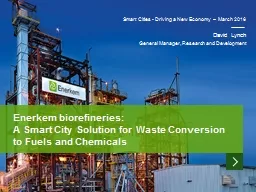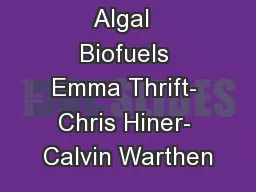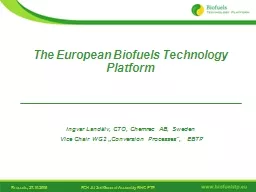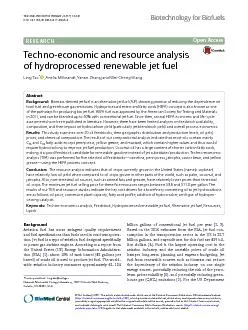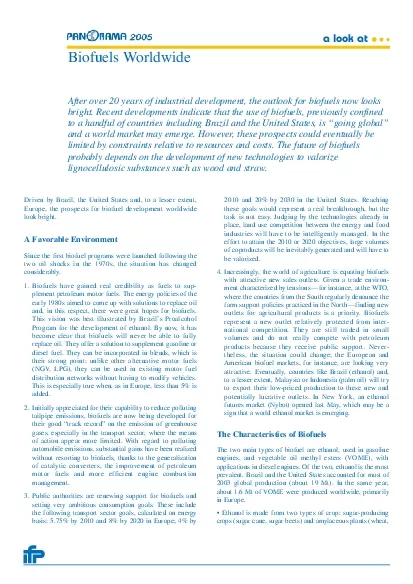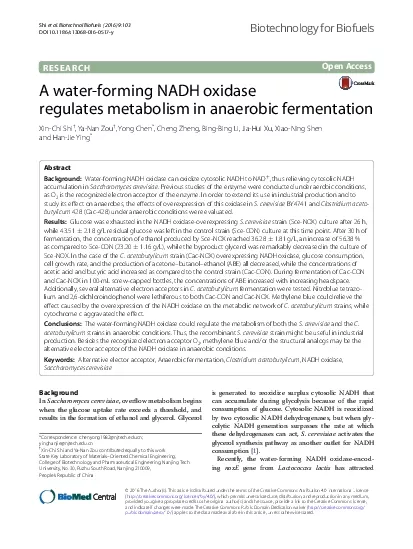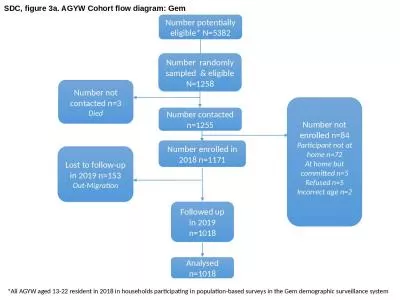PDF-Mosbech31et31al Biotechnol Biofuels 2018 1171 httpsdoiorg101186s
Author : ximena | Published Date : 2021-08-22
RESEARCHThe natural catalytic function of31CuGE glucuronoyl esterase in31hydrolysis of31genuine lignincarbohydrate complexes from31birchCaroline Mosbech Jesper Holck
Presentation Embed Code
Download Presentation
Download Presentation The PPT/PDF document "Mosbech31et31al Biotechnol Biofuels 201..." is the property of its rightful owner. Permission is granted to download and print the materials on this website for personal, non-commercial use only, and to display it on your personal computer provided you do not modify the materials and that you retain all copyright notices contained in the materials. By downloading content from our website, you accept the terms of this agreement.
Mosbech31et31al Biotechnol Biofuels 2018 1171 httpsdoiorg101186s: Transcript
Download Rules Of Document
"Mosbech31et31al Biotechnol Biofuels 2018 1171 httpsdoiorg101186s"The content belongs to its owner. You may download and print it for personal use, without modification, and keep all copyright notices. By downloading, you agree to these terms.
Related Documents

